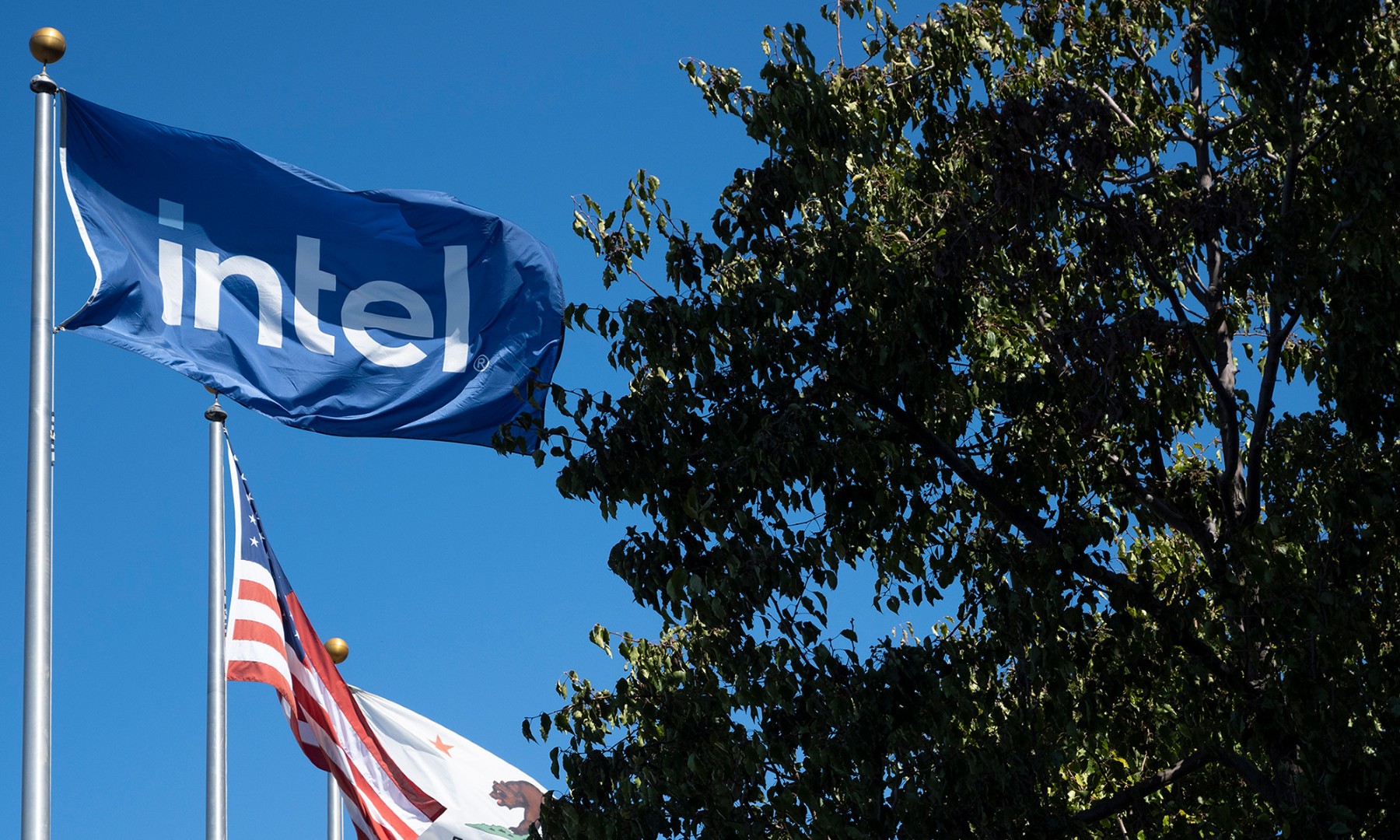Way back in 2012, Intel (INTC +0.64%) outlined a road map or a "plan" for its future smartphone platforms. The idea behind the company's strategy was simple enough: prove that the company could build competent smartphone-worthy parts with products known as Medfield and Clover Trail+ -- and then in a one-two punch move with Merrifield (productized as Atom Z3480), which included an all new design as well as the goodness of 22-nanometer FinFET transistors, advance to a leadership position in smartphones.
What did reality look like?
Back in early 2013, Intel CFO Stacy Smith made the following remark (emphasis mine):
In the phone segment, we had a good first quarter in our baseband business. We are shipping LTE versions today, and are on track to ship multimode voice and data LTE baseband solutions by the end of this year. We are winning designs with our new Clover Trail+ apps processor, where customers and third parties are highlighting both the performance and power efficiency of our architecture and are on track to ship our next-generation product, code named Merrifield, by the end of this year.
First off, the Z3480 didn't launch until Mobile World Congress 2014 this February, and not a single smartphone design has been announced with this platform. The only publicly announced design wins are the Dell Venue 7 and Dell Venue 8 tablets slated to hit the shelves on July 1. So, not only was this product late, but by the time it launched it was completely irrelevant for the market it was initially targeting.
How do we know that Merrifield won't be a longer-term winner in phones?
The argument that some subscribe to is the following:
- Atom Z3480 is a good low-cost system-on-chip on the 22-nanometer process.
- This low cost, coupled with strong performance relative to low end ARM (ARMH +0.00%) based chips, will make it an excellent weapon with which to gain market share in phones/tablet against the various ARM vendors.
The problem with this kind of thinking is that it completely misses the fundamental issue with the Atom Z3480. At the high end of the smartphone space, two Silvermont cores just can't compete with the quad-core Qualcomm (QCOM +1.07%) Snapdragon 800/801 processors found in just about every high-end smartphone that you can buy today. At the low end, the Atom Z3480 fails to integrate a number of key things that a low end part from Qualcomm does (state of the art LTE modem and connectivity are the biggies). Note that the Snapdragon 800/801 from Qualcomm also integrate leading-edge modems, further adding insult to injury.
The Atom Z3480 just wasn't a great fit for smartphones by the time it hit the market, and the lack of design wins coupled with the rush to get the SoFIA (integrated apps processor and modem) parts out by the end of the year is the tell.
What about tablets?
Intel announced that it wants to gain a big chunk of the tablet market this year and will use its product portfolio as aggressively as possible, and will provide any bill of materials support (i.e., contra-revenue) to gain share in this market. This means that the Atom Z3480 -- which was unsuitable for high-end or low-cost phones -- suddenly becomes a really good low-cost tablet chip.
When life gives you lemons, make lemonade, right?
Foolish bottom line
As a smartphone chip intended to bolster Intel's competitive position, the Z3480 just doesn't cut the mustard, and I would be very surprised -- particularly with SoFIA 3G coming online by the end of the year -- if more than a handful of vendors use this platform in commercially available smartphones. But for low-cost tablets in regions that don't necessarily care about having the "quad core" checkbox, the Z3480 could end up being a useful product for Intel.







